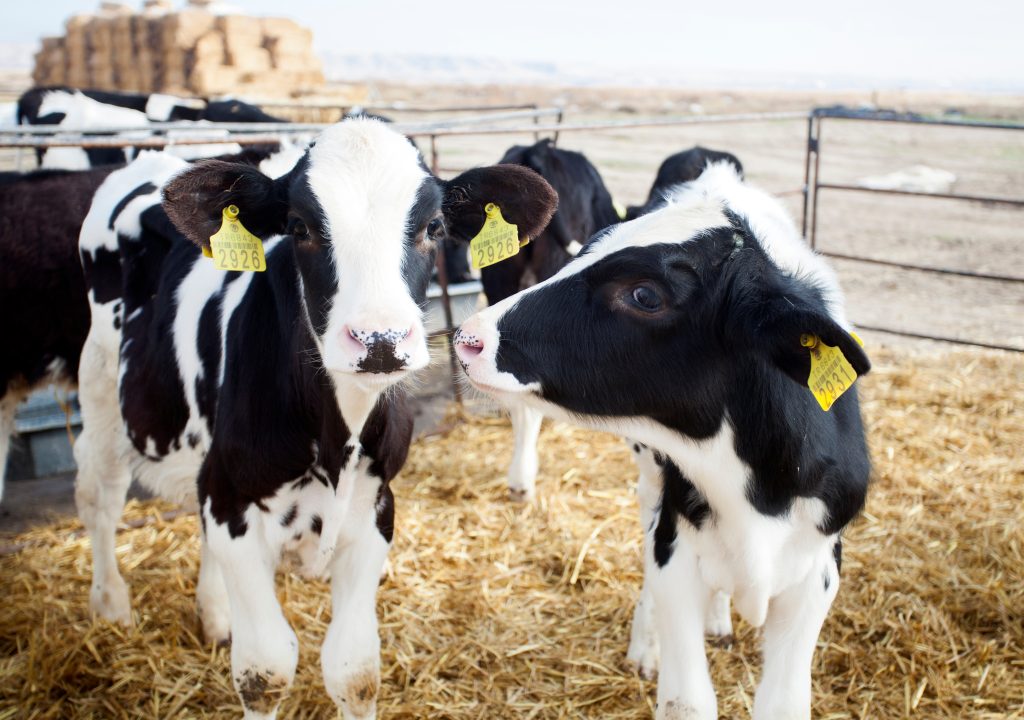
Key performance indicators are vital metrics that provide dairy farmers and professionals with valuable insights into the health and well-being of young heifers. Monitoring and setting targets for these indicators play a crucial role in optimising heifer rearing practices, leading to healthier and more productive dairy herds.
Research in the dairy industry has shown that heifer rearing is a critical phase in the life of a dairy cow. It has a significant impact on future milk production, reproductive performance, and overall herd profitability. By paying close attention to KPIs, dairy professionals can identify areas for improvement and implement evidence-based management strategies to ensure that heifers reach their full potential.
Some of the key performance indicators in heifer rearing include:
Growth Rate
Monitoring the growth rate of young heifers is essential for achieving their target weight and size before calving. Research has shown that faster-growing heifers in the first few weeks of life tend to have improved milk production and reproductive performance in their first lactation. Measuring pre-weaning growth rates, post-weaning to service, and service to first calving can help pinpoint where further refinement of management may yield benefits.
Proportion of animals hitting weight-for-age targets
While average growth rates help inform rearing strategy, it is important to make some measure of the consistency of the rearing system as well. Understanding what proportion of animals are reaching key targets (e.g. 50% of adult weight by 12 months; 55-60% of adult weight at service) is one way of highlighting if some animals are being ‘left behind’ by the system.
Age at First Calving
Early calving age is associated with reduced rearing costs and an earlier return on investment. However, it is crucial to balance early calving with ensuring that heifers have reached sufficient size and maturity for a successful calving and lactation (e.g. 80-85% of adult body weight). Distributions of age at first calving can be another helpful aid to monitoring consistency of rearing. .
Health and Disease Incidence
Keeping track of health events such as respiratory diseases, scour, and other illnesses is vital for understanding the overall well-being of young heifers. While valuable, this is often a neglected area of performance monitoring. Effective management practices can be implemented to reduce disease incidence and its impact on growth and development.
Feed Efficiency
Monitoring feed intake and conversion rates helps optimize feeding strategies, ensuring that heifers receive the right nutrition to support their growth without excess costs. Understanding what diets are likely to promote good growth rates and good economic feed efficiencies is an important part of advising those rearing heifers.
Setting realistic targets for these KPIs requires a comprehensive understanding of the individual farm’s management practices, genetics, and environmental factors. The TotalDairy Workshop course on Youngstock Nutrition and Management provides participants with evidence-based approaches to evaluate and set appropriate KPI targets for their specific dairy operations.
By attending this workshop course, dairy professionals will gain a deeper understanding of the science behind these indicators, enabling them to make informed decisions in heifer rearing management.
Additionally, they will acquire the necessary skills to identify areas for improvement and implement evidence-based strategies that will positively impact the productivity and profitability of their dairy herds.
Don’t miss out on this opportunity to elevate your skills and make a positive impact on the youngstock management practices in the dairy industry. Join us on 6th – 7th March 2024 at The Gables Hotel, Bristol Road, Falfield, South Gloucestershire, GL12 8DL.
Book your place now: £600 + vat (Cost including Dinner, Bed, and Breakfast: £720 + vat).


Comments are closed.